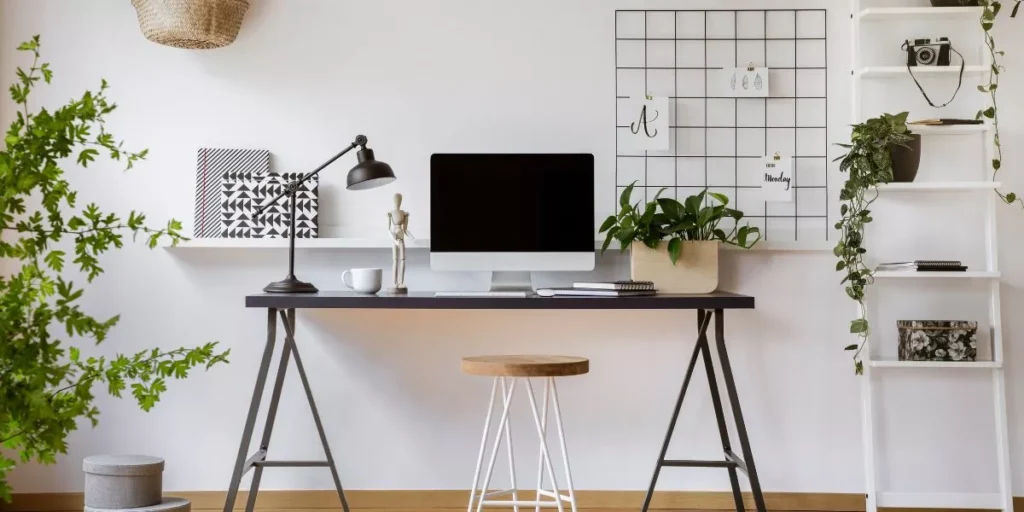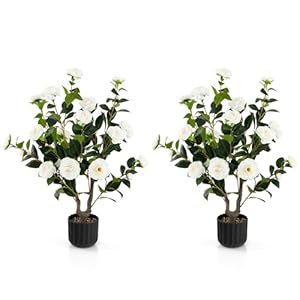
When designing a home office in a shared space, you face the challenge of balancing functionality and personal flair. Imagine creating a workspace that caters to different needs while maintaining a cohesive look. Consider the dynamics of sharing a room for work purposes—it’s not just about furniture arrangements but also about fostering productivity and individuality. How do you navigate these elements to create a harmonious yet productive shared home office?
Space Planning
When setting up a shared home office, prioritize efficient space planning to maximize productivity and minimize distractions. Begin by defining each person’s work area to establish boundaries within the shared space. Utilize room dividers or strategically placed furniture to create separate zones for concentration.
Consider each individual’s workflow and arrange desks or workstations accordingly to optimize collaboration while maintaining personal space. Keep essential office supplies easily accessible by utilizing storage solutions such as shelves, drawers, or organizers. Additionally, take advantage of vertical space by installing wall-mounted shelves or storage units to free up valuable desk space.
Ensure that the layout promotes a smooth flow of movement and communication between coworkers. By organizing the shared office with these considerations in mind, you can create a harmonious and efficient workspace that encourages productivity and minimizes distractions for everyone involved.
Functional Furniture
To enhance the functionality of your shared home office, carefully select furniture pieces that serve multiple purposes and optimize space utilization. Look for desks with built-in storage solutions such as drawers, shelves, or compartments to keep your work area organized and clutter-free. Consider investing in a convertible desk that can transform from a sitting desk to a standing one, promoting better ergonomics and flexibility during long work hours.
For seating options, choose chairs that are comfortable yet compact. Opt for chairs with wheels that can easily move between workstations or tuck away neatly under the desk when not in use. Additionally, consider multipurpose furniture like a storage ottoman that doubles as a seating option and provides extra storage for office supplies or files.
Maximize vertical space by installing wall shelves or floating desks to keep essential items within reach without taking up valuable floor space. Utilize furniture with sleek designs and neutral colors to create a cohesive look that blends seamlessly with the shared environment. By selecting functional furniture pieces wisely, you can create a productive and harmonious shared home office space.
Personalized Decor
Consider incorporating personalized decor elements in your shared home office to infuse individuality and character into the space. Personalized decor can include items like family photos, artwork that reflects your taste, or unique knick-knacks that hold sentimental value. These elements not only make the workspace feel more like your own but also help create a warm and inviting atmosphere for both you and your co-workers.
One way to personalize your shared home office is by displaying items that inspire you or bring you joy. This could be a vision board with your goals and aspirations, a collection of your favorite quotes, or even a plant that adds a touch of nature to the space. By surrounding yourself with things that resonate with you, you can boost your mood and productivity while working.
Additionally, consider incorporating a pop of color through personalized decor items like cushions, rugs, or curtains. This can add visual interest to the space and make it feel more lively and vibrant. Remember, personalizing your shared home office is all about creating a space that reflects your personality and makes you feel comfortable and motivated.
Organizational Systems
Incorporate efficient organizational systems in your shared home office to streamline workflows and boost productivity.
Start by investing in storage solutions such as shelving units, file cabinets, or storage boxes to keep your workspace clutter-free. Labeling containers and drawers can help you quickly locate items and maintain order. Utilize desk organizers for frequently used supplies like pens, notepads, and cables.
Consider implementing a color-coded system for different tasks or projects to stay organized and prioritize effectively. Cable management tools can help keep wires tidy and prevent tangling. Make use of wall space for vertical storage with pegboards, hooks, or floating shelves.
Establish a designated area for incoming and outgoing documents to prevent them from piling up on your work surface. Regularly declutter and reevaluate your organizational systems to ensure they continue to meet your needs as you work in a shared home office setting.
Home décor














